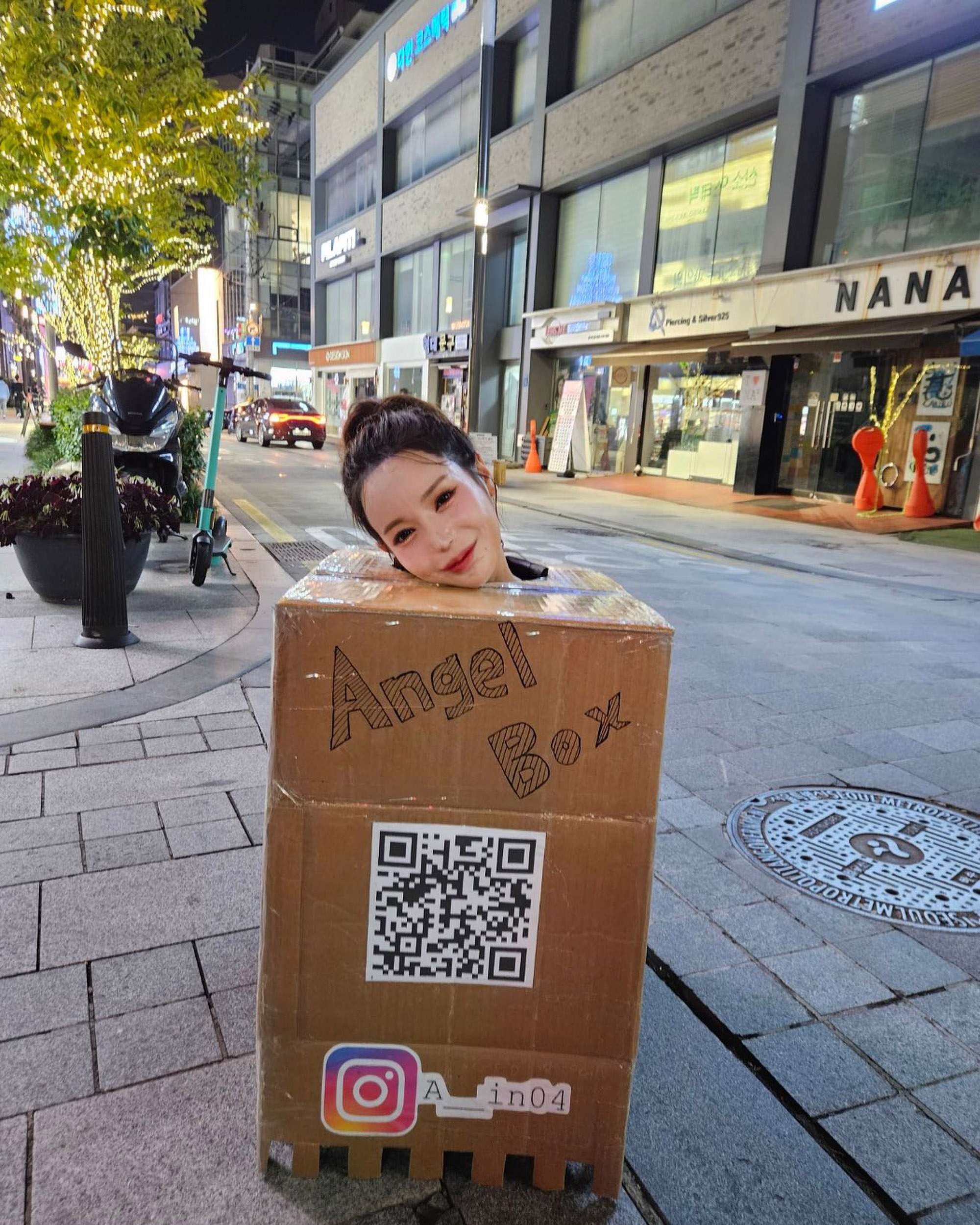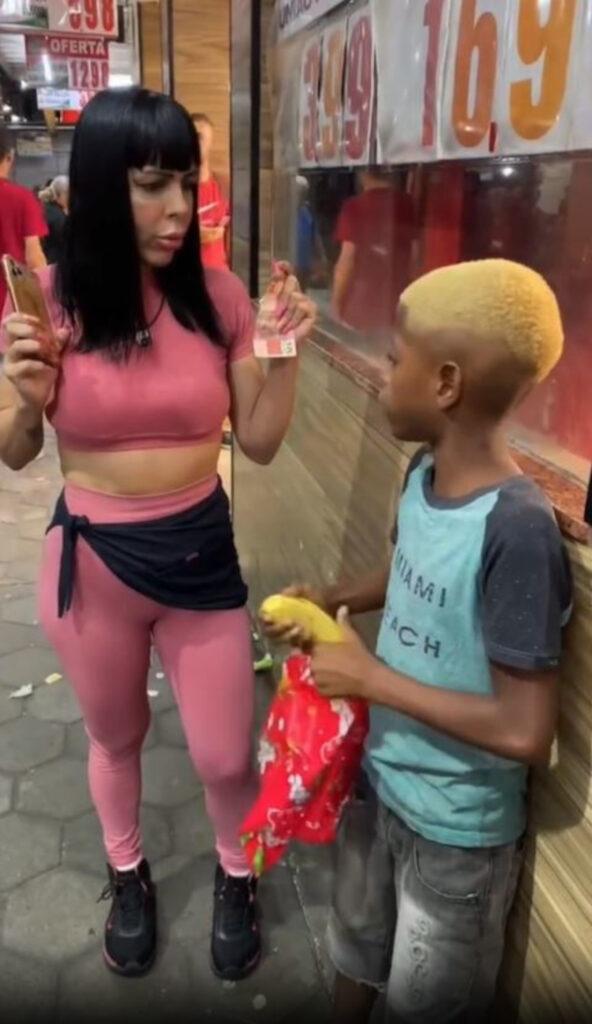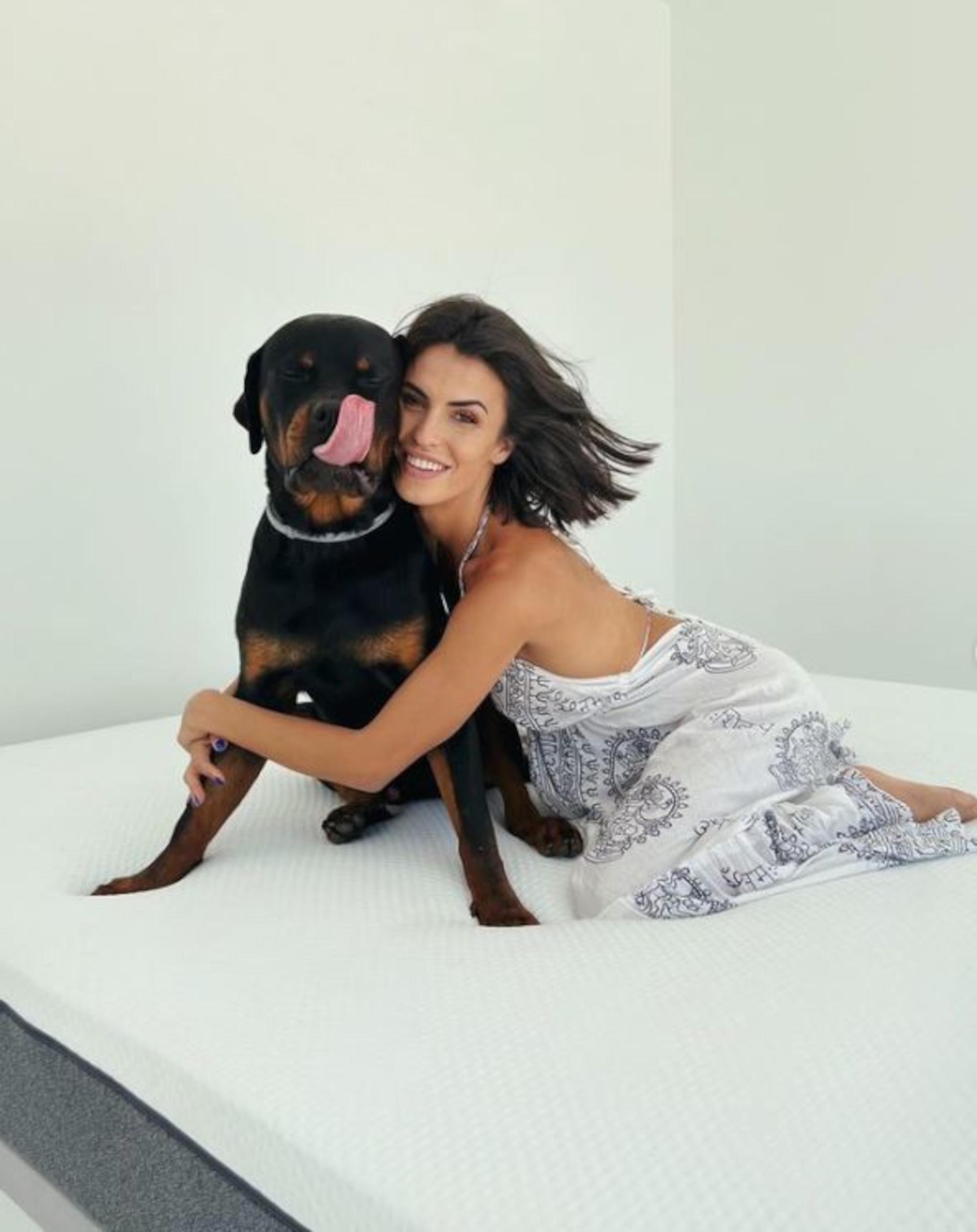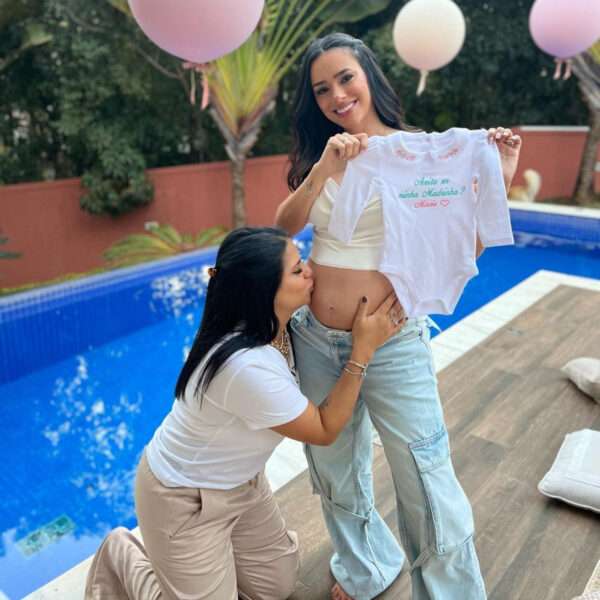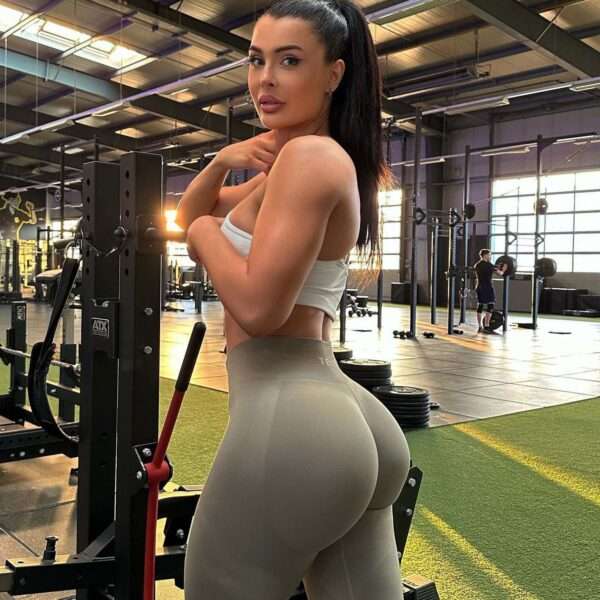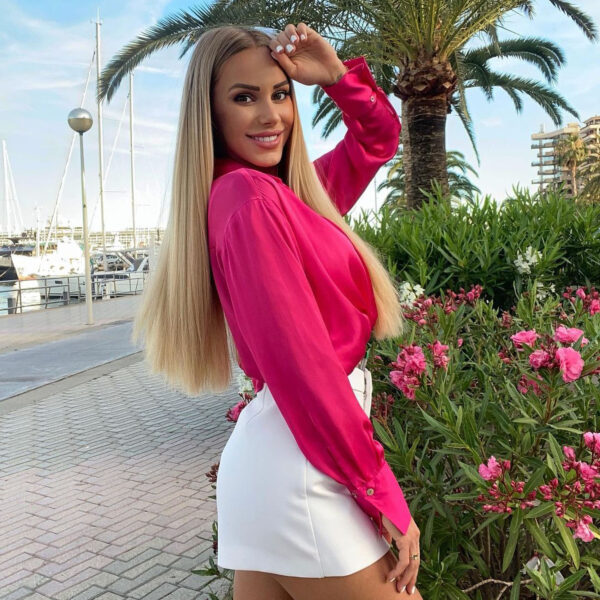A beautiful influencer has boasted how her six-month-old daughter is earning a small fortune from advertising.

Brazillian blogger Viih Tube said in the PodPah podcast on Monday, 16th October that her daughter Lua has already earned BRL one million (GBP 162,700).
Viih then took to Instagram to tell her 30 million followers: “Yesterday I told you that all the money that Lua participates in advertising with me goes to her account.
“A lot of people said: ‘Wow, really?’ And so, I know that not all parents do this, but it is the right thing to do.”
The influencer also explained the legal process: “By law, for a baby to participate in advertising you have to get a permit, there’s a whole process, and within that process, you have to put the money in the child’s account. That’s correct.”
“In fact, one thing I didn’t tell you about in PodPah, which is a curiosity, Lua already has BRL 1 million. I swear to God.”
According to local media, Lua, who goes on Instagram under the name ‘pequenalua’ (Little Moon), and has over two million followers, has already done advertising for big brands, such as Natura, Pampers and Beep Saude.

Viih also invested in a children’s clothing brand, named Baby Tube.
But Viih plans to invest in her daughter’s financial education and added: “How am I going to explain this to my daughter when she has discernment, where did this money come from.
“I’ll show her that it was from work, but I will have to have financial education for my daughter because she will already be born with many privileges.
“It worries me, but it comforts me too.”
According to the International Labor Organization, child labour in Brazil is prohibited until the age of 16, local media reported.
Sandra Regina Cavalcante, professor of Labor Law and Vulnerable Law, told local media: “The judge can, subjectively, decide that part of the income earned by that child or teenager remains in a savings account.
“But it is at the judge’s subjective discretion. The law requires those responsible to manage the assets and take all necessary care so that [the work] is positive for the health and safety of the child.”


